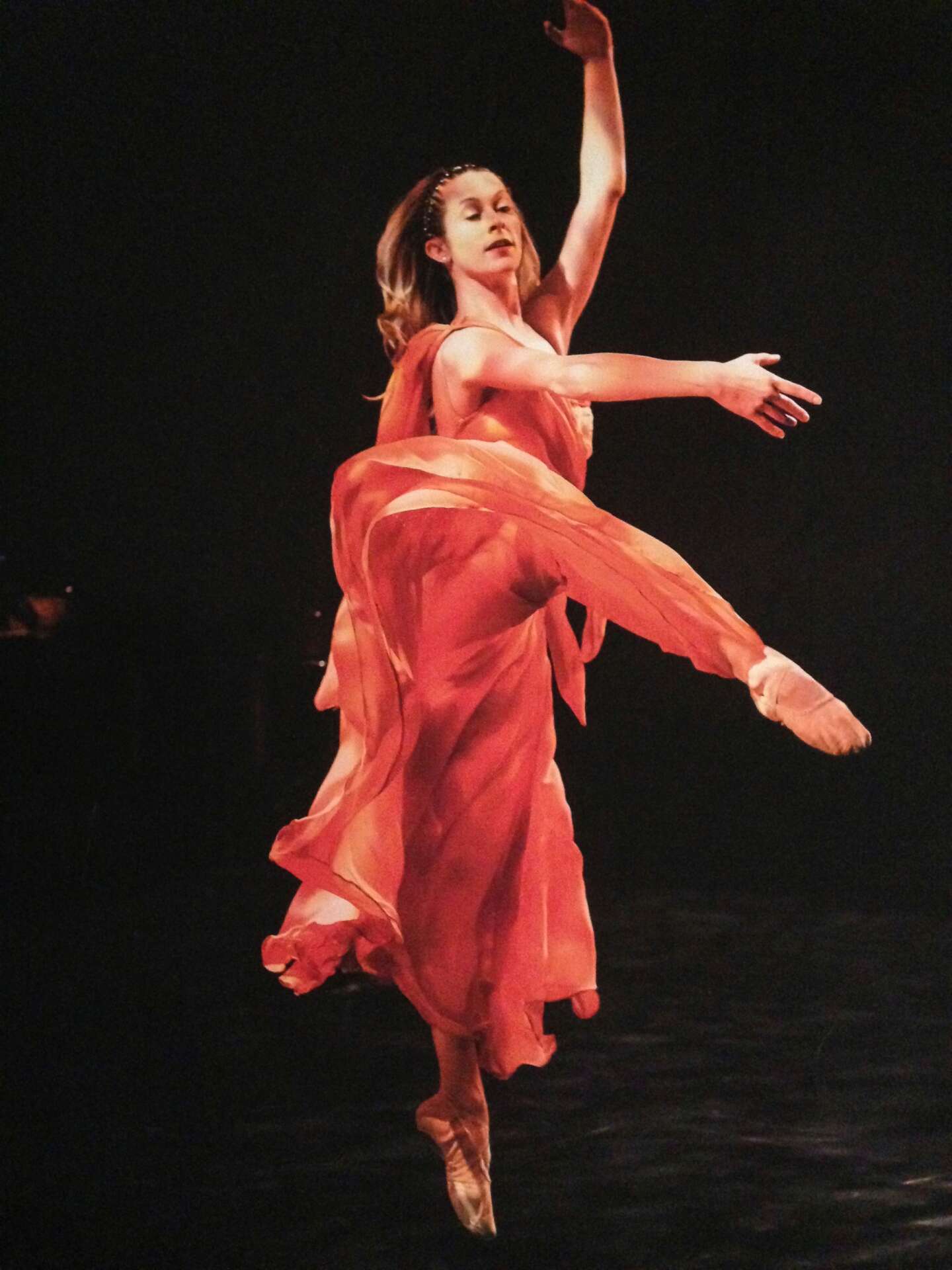We’re excited to introduce you to the always interesting and insightful Kim Clay. We hope you’ll enjoy our conversation with Kim below.
Kim, thanks for joining us, excited to have you contributing your stories and insights. Are you able to earn a full-time living from your creative work? If so, can you walk us through your journey and how you made it happen?
Building a life as a dancer takes dedication, courage, integrity and a lot of support. I would not be where I am today without my parents, my friends, my teachers and my life partner, James. From injuries and audition rejections to long distance relationship challenges while on contract, sticking with a chosen career in the performing arts is incredibly hard. When I left for my first cruise ship contract at age 21, I had never been that far away from friends or family. I was terrified. But I learned so much about myself, about other people and different cultures, and saw so much of this great big world. I am forever grateful for that time. Pursuing a BFA and MFA brought their own set of challenges, as I juggled teaching, performing, learning, and choreographing, while of course, bartending in the evenings after rehearsal. It was during this time that I really began to notice my love for teaching. After working five part-time jobs in Pittsburgh for several years (and applying to jobs at over 40 universities) I received a full-time offer from the University of Northern Colorado. I’ve been here ever since, and I truly love being a college dance professor. Wherever the wind takes me next, I know I will continue to be grateful for each part of this journey. It is still a lot of work, and in an aging body, new challenges arise every day, but overall, I am the luckiest.



Great, appreciate you sharing that with us. Before we ask you to share more of your insights, can you take a moment to introduce yourself and how you got to where you are today to our readers
I was five years old when I was fortunate enough to start taking dance classes at a local studio in San Antonio, Texas. My parents were supportive every step of the way, and I had a wonderful high school dance program that led me to become a dance major at Sam Houston State University. During college, I performed with Six Flags Theme Parks, was the dance captain for the world famous Coyote Ugly Saloon (San Antonio), completed a cruise ship contract with the Holland America Line, and danced with few local contemporary companies as a guest artist. After graduation, I mainly focused on teaching and choreographing for competitive dance studios, which led me to graduate school. I knew I wanted to become a college professor, and I needed an MFA to get there. Post graduate school, my partner’s job moved us to Pittsburgh, PA, where I said yes to every opportunity possible. Eventually, I received an offer at the University of Northern Colorado as an Assistant Professor of Dance. In my five year tenure at UNCO, the students have selected me “Favorite Faculty Member” three times.
I am proud of my my journey, and how hard I’ve worked to stay in this highly competitive industry. What I am most grateful for, is the support from my partner James. I am also incredibly grateful to still be truly in love with the art of dance after all these years.
Looking back, are there any resources you wish you knew about earlier in your creative journey?
As a college dance professor, I have taken on a new pedagogical priority to ensure my students know about those who came before us whose stories often go untold. I grew up with only part of the history of dance, particularly tap and jazz. There are so many incredible dancers who have been left out of our dance history lessons. Dancers who influenced Fred Astaire and Gene Kelly, like John Bubbles, Lois Bright and the Nicholas Brothers. No one shared these artists with me until college. These stories should be talked about in our studios and we must say the names of the dancers who paved the way for us – not just in a dance history class, but in our daily practice. The problem is that many dance educators don’t know the history, and that is something I am very passionate about influencing and changing. Luckily, there are resources today, like Theresa Ruth Howard’s MOBBallet which focuses on the history of Black ballet dancers, and Khadifa Wong’s documentary film Uprooted: The Journey of Jazz Dance. Every dance educator should take the time and energy to learn the history of our form and pass it along to the next generation of artists.


Let’s talk about resilience next – do you have a story you can share with us?
I think growing up in a city that didn’t have a robust dance community made it difficult to know what good instruction looked like, especially for my mother who was not a dancer. Once I began to realize that I wanted to make dance my career, I felt so far behind my peers who had for example, trained at the Houston Ballet School. This experience has shaped how I approach students who come into the studio with little to no experience. It brings me patience and motivates me to push them the way I had to push myself in order to catch up with others. No matter when we start our dance journey, if we want it badly enough, and we have a teacher to nurture us and get us where we need to go, anything is possible. I am that teacher, and that is my resilience.
Contact Info:
- Instagram: kimberlyannclay
- Facebook: Kimberly Clay Browder
- Other: Vimeo: https://vimeo.com/kimberlyannclay
Image Credits
Joel David Richardson, Lynn Lane


